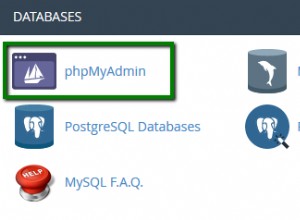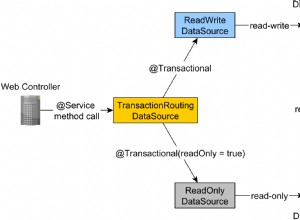Jeżeli nie znasz dokładnej liczby tematów do wpisania znaków - jak mamy wygenerować zapytanie, aby to zrobić?
Niemniej jednak, aby pokazać, jak chronić się przed atakami SQL Injection, umieszczasz SQL w Stored Procs:
create PROCEDURE [dbo].[pr_GetAssignedSubjectsByFacultyIdAndSemester]
@FacultyID int,
@Semester nvarchar(MAX)
AS
BEGIN
SET NOCOUNT ON;
SELECT [Faculty], [Subjects],[CreatedBy],[CreatedDate],[ModifiedBy],[ModifiedDate]
FROM [dbo].[tblNotSure]
WHERE [FacultyID] = @FacultyID
AND [Semester] = @Semester
AND [IsDeleted] = 0
END
Następnie w kodzie wywołujemy procedurę składowaną, zwróć uwagę na polecenia sparametryzowane, co zapobiega atakom SQL Injection. Na przykład, powiedzmy, że wpisaliśmy w semestralnym polu ddl/textbox (lub używając FireBug do edycji wartości elementów) 1 UNION SELECT * FROM Master.Users - wykonanie tego SQL ad hoc może zwrócić listę kont użytkowników SQL, ale przekazane przez sparametryzowane polecenie unika problemu:
public static aClassCollection GetAssignedSubjectsByFacultyIdAndSemester(int facultyId, string semester)
{
var newClassCollection = new aClassCollection();
using (var connection = new SqlConnection(ConfigurationManager.ConnectionStrings["sqlConn"].ConnectionString))
{
using (var command = new SqlCommand("pr_GetAssignedSubjectsByFacultyIdAndSemester", connection))
{
try
{
command.CommandType = CommandType.StoredProcedure;
command.Parameters.AddWithValue("@facultyId", facultyId);
command.Parameters.AddWithValue("@semester", semester);
connection.Open();
SqlDataReader dr = command.ExecuteReader();
while (dr.Read())
{
newClassCollection.Add(new Class(){vals = dr["vals"].ToString()});
}
}
catch (SqlException sqlEx)
{
//at the very least log the error
}
finally
{
//This isn't needed as we're using the USING statement which is deterministic finalisation, but I put it here (in this answer) to explain the Using...
connection.Close();
}
}
}
return newClassCollection;
}




